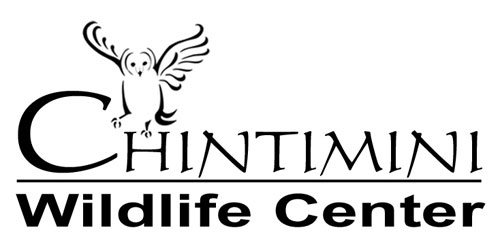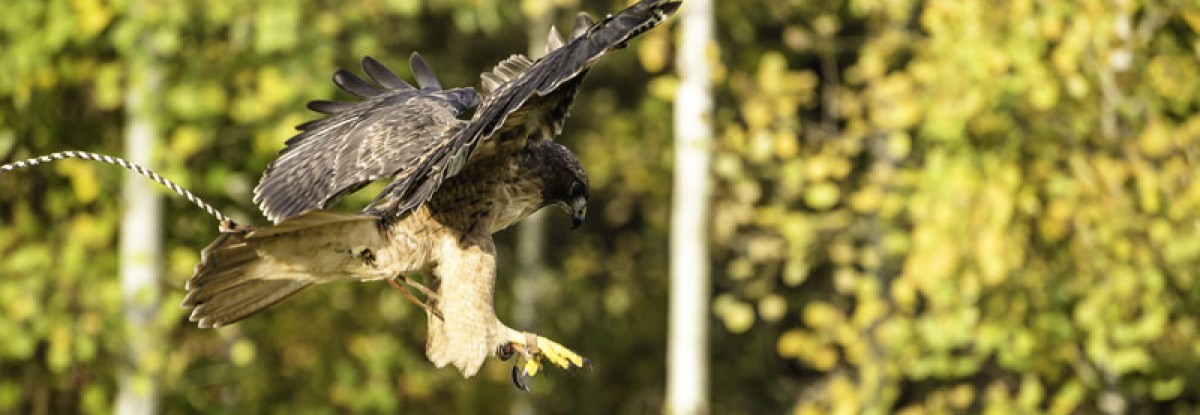Every year we host multiple “Level 2” trainings for our volunteers. This provides them the opportunity to expand on their responsibilities in the clinic and learn more about what staff does to handle specific injuries that they might not get to experience as a Level 1 trained volunteer.

Level 1 volunteers are essential to the consistent flow of our daily tasks and routines. They keep laundry hosed down, clean, dried, and folded. They bleach, wash, and put away dishes. They prepare specialized diets, clean cages, and weigh our patients. They are oftentimes the “face” of the clinic when they greet the public during animal admissions.
It isn’t glamorous by any means, but it is completely necessary in order to provide the high quality care our patients need by preparing clean bedding, dishes, and fresh diets every single day.

Some volunteers choose to remain at the Level 1 position for the duration of their volunteer experience. Others choose to expand their skills by opting to attend our continuing education courses. Level 2 training sessions are 2 – 2 1/2 hours long and are held at least twice a year.
Wondering what new skills volunteers get to learn?
- How to perform a basic exam: Volunteers learn how to properly fill out preliminary exam notes, check basic vital stats (For example, is the animal warm? Does it have obvious injuries? Is it dehydrated/emaciated?) Each patient will still receive a comprehensive exam by our staff, but this initial exam gives us a quick look at how urgent each case is and what appropriate steps need to be taken upon arrival.
- How to tube feed critical patients: Each species has very specific dietary requirements. But what do we feed our critical patients who are unable to eat on their own? Some patients require tube feeding, which is a skill that requires a careful hand and an attentive volunteer. This skill is not something that is taught only once, it requires a lot of observation and practice.
- How to give subcutaneous fluids to birds: We assume that most patients are at least somewhat dehydrated by the time they are found and brought to the clinic. Volunteers learn how to carefully administer sterile electrolyte fluids such as Lactated Ringer’s Solution to dehydrated avian patients.
- How to wrap a broken wing: Wing wraps can be crucial to the recovery of a broken wing. A wing wrap, when done correctly, immobilizes the fracture and allows for proper healing without being cumbersome. A bird with an improperly healed fracture will usually be unable to fly and therefore cannot be released. Practice, practice, practice! We want our volunteers to have ample opportunity to practice this skill, as it can be a “use it or lose it” ability. Fractured wings sometimes need more medical attention than a wing wrap alone. Each patient with a fracture receives an x-ray and a treatment plan, which sometimes includes surgical pinning.
If this sounds like something that interests you, please join us in our mission! We can never have too many volunteers, and with busy season just beginning – we welcome you to attend an orientation and sign up to volunteer with us.
To volunteer at Chintimini Wildlife Center, contact our Volunteer Coordinator, Kathi Franklin at volunteer@chintiminiwildlifecenter.org
– Erika Seirup, Animal Care Assistant



